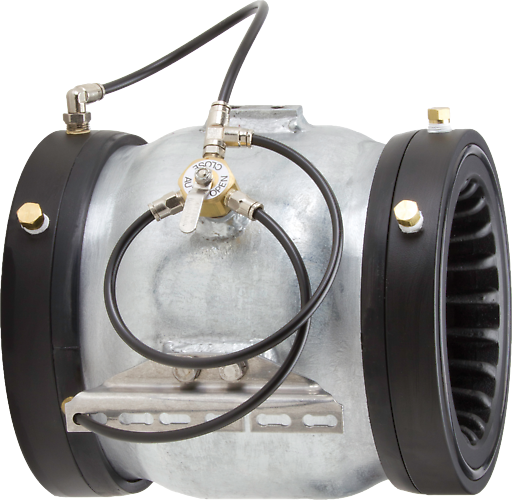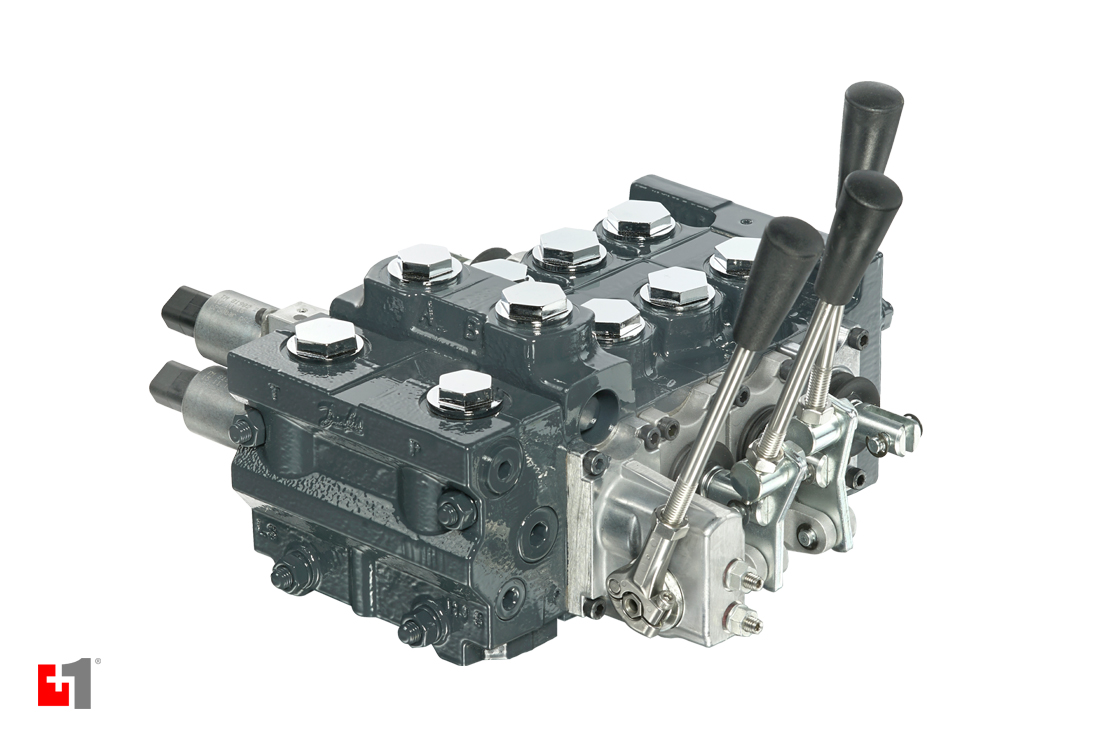Choosing the Right Control Valves: A Guide to Ideal System Efficiency
Choosing the Right Control Valves: A Guide to Ideal System Efficiency
Blog Article

Maximize Energy Cost Savings and Comfort With Advanced Structure Automation Controls
In the realm of modern design and center administration, the combination of advanced structure automation regulates stands as a critical improvement. By harnessing the power of automation, structures can adjust, react, and progress in ways that were once unthinkable.
Power Efficiency Perks
Power performance benefits can considerably decrease energy usage and operational costs in structures. Energy-efficient systems, such as innovative structure automation controls, can maximize the usage of sources like illumination, heating, and air conditioning, leading to reduced power costs over time.
In addition, boosted power effectiveness can prolong the life-span of structure devices and systems. By operating more successfully, HVAC systems, lighting components, and other building elements experience less damage, leading to reduced upkeep and replacement prices. Furthermore, energy-efficient structures often regulate greater building worths and rental prices, offering lasting monetary benefits to owners.
Furthermore, energy efficiency can enhance occupant comfort and efficiency. Appropriately managed interior environments with optimal lighting and thermal problems create an even more favorable and pleasant office, resulting in boosted worker complete satisfaction and efficiency. In general, the power performance advantages related to innovative building automation controls are complex, including price savings, ecological stewardship, and passenger well-being.
Enhanced Convenience Control
Enhancing convenience control in structure settings needs an advanced integration of advanced automation systems for ideal occupant wellness. By making use of sophisticated structure automation controls, centers can tailor the interior environment to satisfy the certain demands and choices of owners. These systems enable precise law of air flow, lights, and temperature level, creating a productive and comfortable atmosphere. Resident complete satisfaction and efficiency are closely linked to thermal convenience, making it necessary to have systems in location that can adapt to altering problems in real-time.
By including these advanced controls, structures can not just enhance convenience but likewise boost energy performance by enhancing system procedures based on actual tenancy and use patterns. Eventually, focusing on resident comfort via advanced automation systems leads to an extra pleasurable and much healthier indoor atmosphere.
Functional Efficiency Improvements

In addition, the implementation of real-time monitoring and analytics tools enables building operators to identify power inadequacies and functional anomalies quickly. By continually monitoring energy use patterns and system performance metrics, adjustments can be made in real-time to optimize energy intake and make certain peak operational performance. control valves. Additionally, including demand response approaches right into building automation controls can even more enhance functional effectiveness by dynamically adjusting power usage based on grid conditions and rates signals
Indoor Climate Optimization
Reliable indoor climate optimization is a basic facet of structure automation controls, guaranteeing residents' convenience and well-being while optimizing energy savings. By utilizing innovative sensing units and controls, developing automation systems can continually check and readjust temperature, moisture degrees, air top quality, and ventilation to develop an optimum indoor setting. Preserving comfortable and consistent problems not just boosts occupant fulfillment yet likewise increases efficiency and total health.
Indoor environment optimization also plays a vital duty in energy performance. By fine-tuning home heating, cooling, and air flow systems based upon real-time information and tenancy patterns, developing automation controls can dramatically decrease energy consumption - control valves. For example, implementing approaches such as demand-controlled air flow and thermal zoning can aid lessen internet power waste while making sure that each area of the building obtains the necessary conditioning.

Lasting Environment Production
Building automation manages not only maximize interior environment problems for energy effectiveness and passenger convenience but additionally lay the structure for creating a sustainable atmosphere with calculated administration of systems and resources. By incorporating advanced building automation innovations, such as sensors, actuators, and smart software, facilities can change and check power usage in real-time to decrease waste and minimize their carbon footprint. These systems enable anticipating upkeep, identifying possible issues prior to they rise and enhancing tools efficiency to boost long life and performance.
Moreover, lasting setting development expands past energy management to include water conservation, waste reduction, and interior air top quality enhancement. Structure automation controls can control water use, discover leaks, and guarantee correct waste disposal techniques, adding to total sustainability efforts. In addition, by keeping track of and managing air get redirected here flow and purification systems, these technologies improve resident health and performance while decreasing power consumption related to heating and cooling procedures.
Conclusion
In final thought, advanced structure automation controls offer significant benefits in regards to power financial savings, convenience control, functional performance, interior environment optimization, and creating a sustainable environment. By applying these controls, buildings can achieve optimum performance while minimizing power consumption and improving resident convenience. It is noticeable that using sophisticated automation modern technology is critical in improving building efficiency and creating a more lasting future.
Energy effectiveness benefits can significantly reduce energy usage and operational costs in buildings. Generally, the energy performance advantages linked with sophisticated building automation controls are content multifaceted, incorporating cost financial savings, ecological stewardship, and passenger wellness.
Additionally, including need response strategies right into structure automation controls can even more enhance operational effectiveness by dynamically adjusting power usage based on grid conditions and rates signals.
Building automation manages not only maximize interior climate problems for energy effectiveness and owner convenience but likewise lay the structure for creating a lasting environment via critical management of systems and resources.In final thought, progressed structure automation controls deal significant benefits in terms of energy savings, comfort control, functional performance, indoor environment optimization, and creating a lasting environment.
Report this page